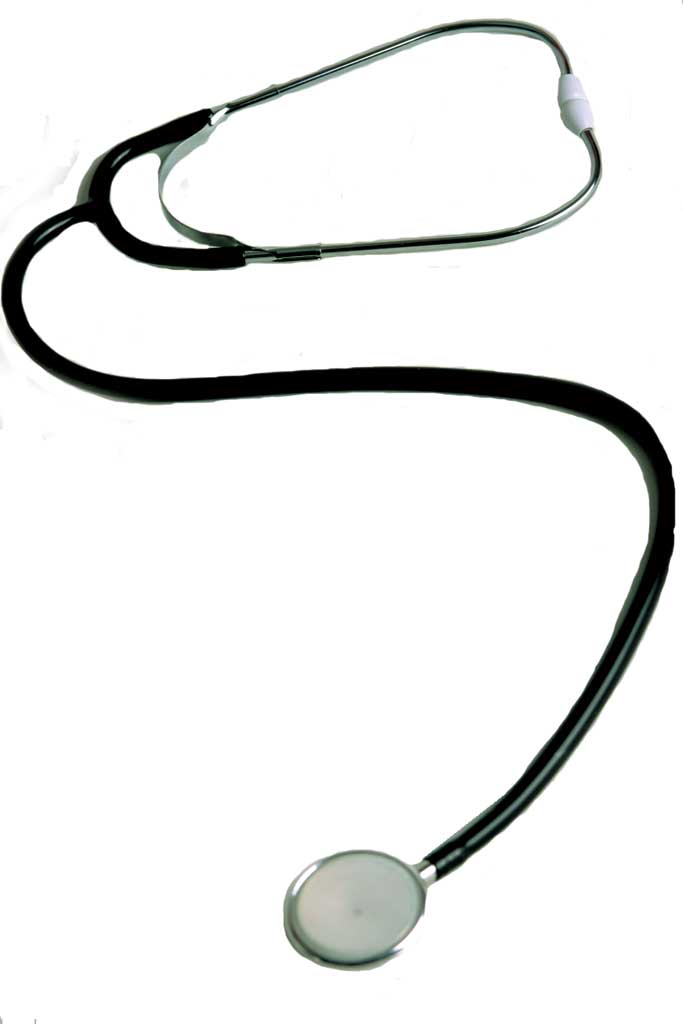By Bruce Pierce, M.D.
Did you know that endometriosis occurs in about 1 in 10 women of reproductive age, according to the American College of Obstetricians and Gynecologists (ACOG)?
While the condition is most often diagnosed in women in their 30s and 40s, it can affect younger women as well, including teenagers.
It is also a common cause of infertility. In fact, as ACOG notes, almost 40 percent of women with infertility have endometriosis.
At Penn Medicine Princeton Health, women have access to a range of treatment options for endometriosis, including medication, surgery, or both. When surgery is necessary, Princeton Health offers a minimally invasive, robotic approach that can result in less pain and a quicker recovery.
What is endometriosis?
Endometriosis is a condition in which endometrial tissue, which normally lines the uterus, develops outside of the uterine cavity in locations such as the ovaries, fallopian tubes and abdominal cavity.
This tissue may grow and bleed like the lining of the uterus does during the menstrual cycle. This can irritate the surrounding tissue and lead to swelling, inflammation and adhesions. Sometimes these adhesions can cause the organs in the pelvis to stick together.
It is unclear what causes endometriosis, though researchers theorize that in some women the tissue that is normally shed during menstruation instead flows backward through the fallopian tubes and into the pelvic cavity rather than out of the body.
Moreover, it seems that endometriosis may have a genetic component, meaning that if a woman has a first-degree relative (mother, sister, daughter) with endometriosis, she is at greater risk for the disease herself.
What are the symptoms of endometriosis?
Many women with endometriosis have no symptoms, but others may experience symptoms that are so severe they interfere with their normal daily activities and quality of life.
When symptoms do occur they typically include:
• Pain, especially just prior to and during menstruation. Pain can be felt in the lower abdomen, pelvis or lower back. In many cases, the pain does not respond to anti-inflammatory medication.
• Abnormal periods characterized by heavy and/or prolonged bleeding.
• Pain during intercourse.
• Bowel and urinary disorders such as diarrhea, constipation, painful urination, painful bowel movements, blood in the urine, and a frequent urge to urinate.
• Neuropathy. Endometriosis can often affect the pelvic tissue underlying the nerves that lead to the legs, which can cause nerve pain in the lower extremities.
• Fatigue and irritability caused by living with chronic pain.
• Infertility. Endometriosis is one of the top reasons for infertility. Often, women don’t know they have endometriosis until they have trouble getting pregnant.
The severity of endometriosis symptoms is not related to the extent of the disease. Some women with extensive endometriosis may not experience any symptoms, while others with minimal disease may have severe symptoms.
How is endometriosis diagnosed and treated?
Diagnosis typically begins with a pelvic exam and an ultrasound, but the only sure way of diagnosing endometriosis is through minimally invasive laparoscopy to view the pelvic organs. Usually, a biopsy is performed to confirm the diagnosis.
Treating endometriosis depends on the extent of the disease, the severity of symptoms, and whether a woman wants to have children.
Typically, treatment begins with medication to manage the symptoms. Medication may include nonsteroidal anti-inflammatory drugs, pain relievers and hormonal medications that regulate estrogen levels, such as birth control pills and progestin-only medications. Estrogen is the hormone that triggers the endometrial tissue in the uterus to thicken each month before it sheds with a menstrual period.
If conservative measures don’t bring relief, surgery to remove the tissue can help reduce pain and restore fertility. In severe cases, if a woman does not want children, a hysterectomy, along with the removal of the ovaries, may be recommended.
At Princeton Health, surgery to treat endometriosis can be performed using a minimally invasive, robot-assisted approach. This technology enables surgeons to operate with greater precision and control, minimizing the pain and risk associated with large incisions while increasing the likelihood of a fast recovery and positive clinical outcome.
In some cases, robot-assisted hysterectomy can be performed through a single incision in the belly button.
It is important to note however, that while surgery can help treat endometriosis, it cannot cure the condition unless the ovaries are removed. Endometriosis typically only resolves when a woman reaches menopause — natural or induced — and the body stops making estrogen.
Additionally, many women who undergo treatment for endometriosis also benefit from pelvic floor physical therapy, which can help manage pain and reduce symptoms.
To find a physician affiliated with Penn Medicine Princeton Health, call 888-742-7496 or visit www.princetonhcs.org.
Bruce Pierce, M.D., is board certified in obstetrics and gynecology and a fellow of the American College of Obstetricians and Gynecologists and the American College of Surgeons. He is the medical director of the Robotic Surgery Program at Penn Medicine Princeton Medical Center.

